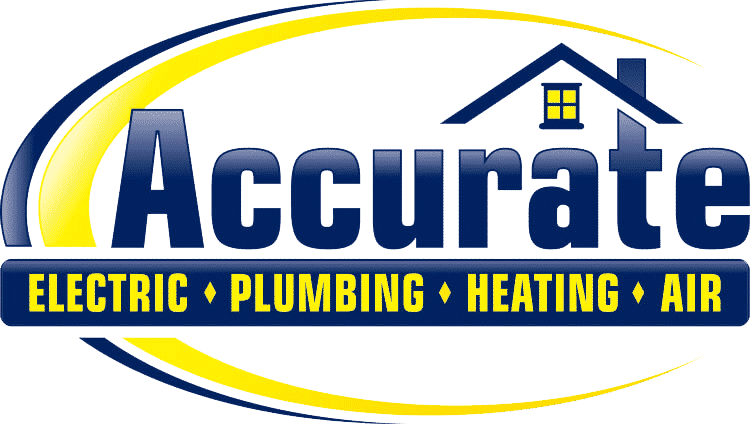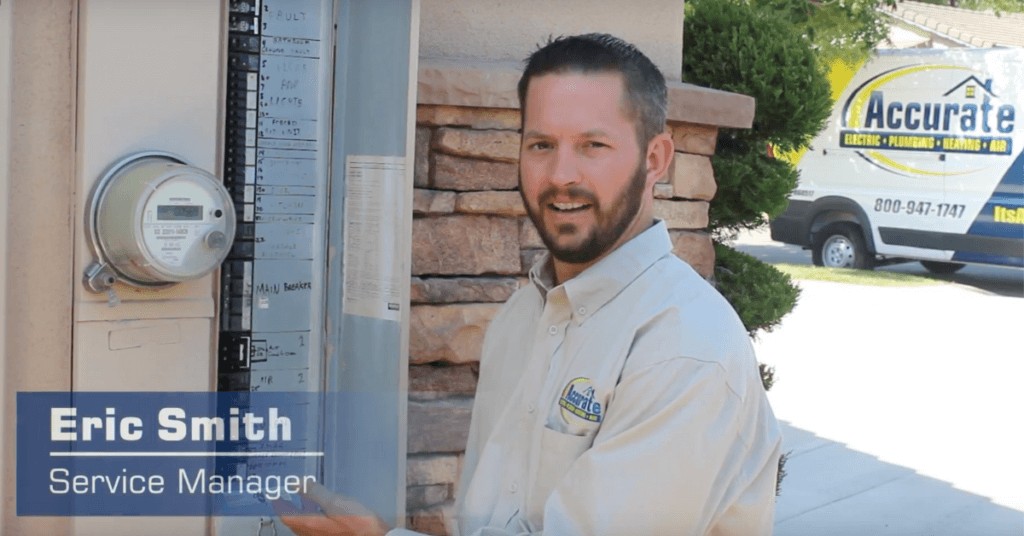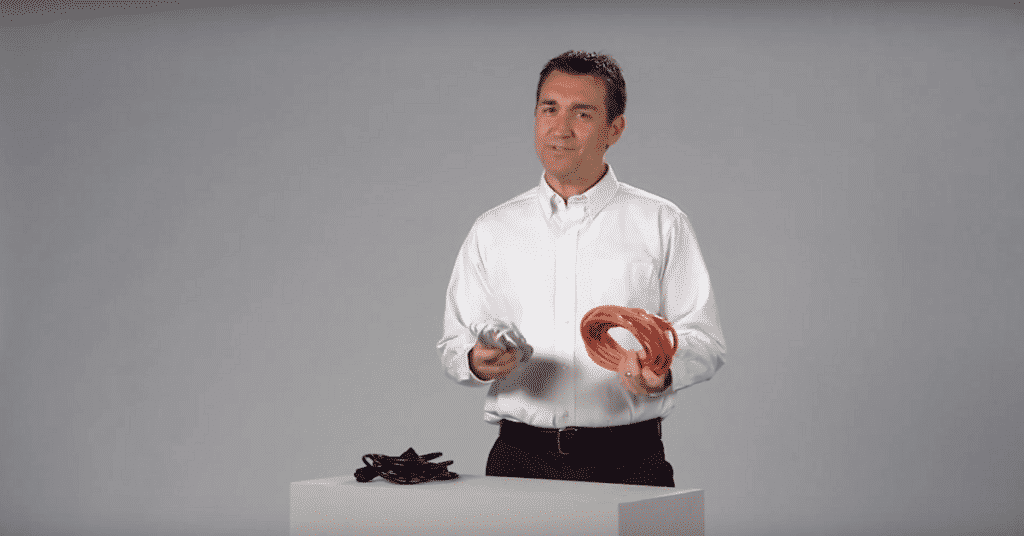How exactly is carbon monoxide produced? And how does it end up in your home? We explain how an annual furnace inspection could be the key to keeping your home safe from carbon monoxide leaks.
Video Transcript
I’m Miriam Johnson, co-host of the tv series Hometime. Carbon monoxide in homes is a deceptively dangerous problem. You can’t see it, taste it, or smell it. So how do you know if you have a carbon monoxide problem? Well, you might start feeling nauseous, start getting headaches, or just start feeling uncomfortable and then blame it on a cold or the flu. But carbon monoxide is serious business, and it can even kill you. Let’s take a look at this furnace…
Carbon monoxide is produced when gas or oil is burned inside your furnace. Now furnace systems are designed to take those fumes up and out the chimney where they can’t hurt anyone if everything’s working okay. The problem is that not all furnace systems operate properly. I’ve fixed and repaired lots of things around the house, but one thing that I insist on is an annual furnace check by a pro. A professional is going to look inside your furnace and check the heat exchanger for cracks and make sure there’s adequate ventilation. This is going to keep any carbon monoxide from leaking into your home. Between inspections, the only way to know if you have a carbon monoxide problem is to have carbon monoxide detectors installed. Now the national fire protection association recommends installing detectors outside of each bedroom and sleeping area. And because carbon monoxide is slightly lighter than air, it’s recommended that they’re installed right about eye level. It’s important to have your detectors tested once a year. If you have a question about carbon monoxide or you’d like a furnace safety check, give us a call! We’ll be happy to help you out.





